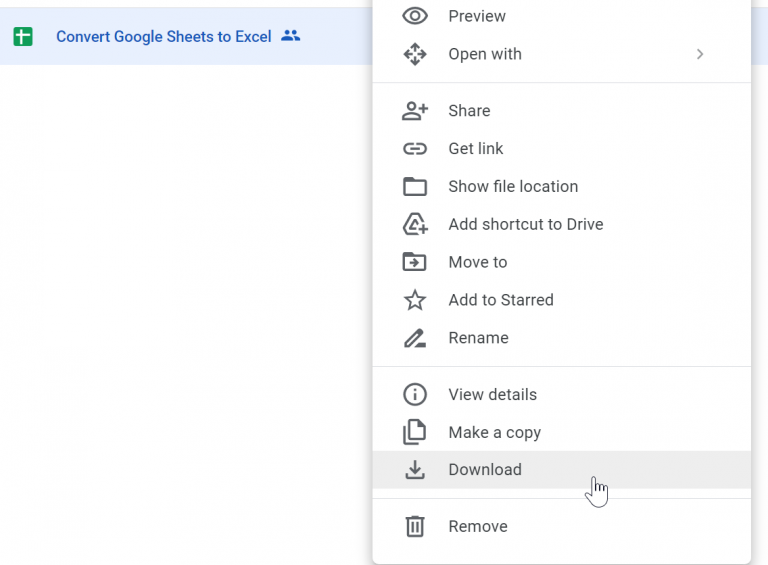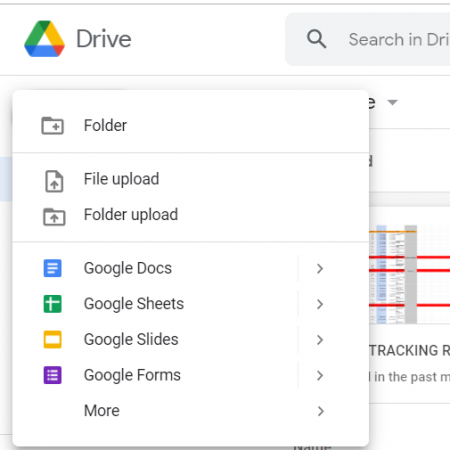5 Simple Ways to Convert Google Sheets to Excel

Understanding the Need for Conversion

There are numerous reasons why one might need to convert Google Sheets to Excel. Perhaps you need to share your data with someone who uses Excel exclusively, or you’re dealing with an organization that requires all documents to be in Microsoft Excel format. Knowing how to convert Google Sheets to Excel can be a valuable skill, whether you’re a small business owner, a student, or part of a large enterprise. This process can be done quickly, and we’ll explore five simple ways to achieve this.

Method 1: Export Directly from Google Sheets

One of the most straightforward methods to convert Google Sheets to Excel is by directly exporting the file:
- Open your Google Sheets document.
- Click on "File" in the top menu.
- Select "Download" from the dropdown menu.
- Choose "Microsoft Excel (.xlsx)" from the list of file types.
This method maintains formatting and most features of the Google Sheets document. After selecting, the download will begin automatically, and you’ll have an Excel file ready to go.
💡 Note: Keep in mind that Excel has different version compatibilities, so ensure you have the latest version for the best compatibility.
Method 2: Use Google Drive's Share Feature

Another convenient way to convert Google Sheets to Excel is through Google Drive:
- Go to Google Drive and locate your Google Sheets file.
- Right-click on the file and select "Download".
- Choose "Microsoft Excel (.xlsx)" from the options.
Google Drive will then convert the Sheets file to Excel and begin the download. This method is particularly useful when you need to convert multiple files at once.
Method 3: Google Sheets API for Automated Conversion

For those needing to convert Google Sheets to Excel in an automated or programmatic manner, the Google Sheets API can be used:
- Set up a project in Google Developers Console.
- Enable the Google Sheets API.
- Use the provided credentials to authenticate your application.
- Call the
spreadsheets.getmethod with the file ID, setting the export format to Excel.
This method is more technical and involves programming knowledge. However, it allows for large-scale conversions and integration into your existing software ecosystem.
Method 4: Use Online Conversion Tools

There are various free online conversion tools that can handle the conversion from Google Sheets to Excel:
- Find a reliable online service that supports the conversion of spreadsheets.
- Upload your Google Sheets file to their platform.
- Select "Microsoft Excel (.xlsx)" as the output format.
- Download the converted file once the process completes.
Remember that online tools might not always preserve complex formulas, macros, or intricate formatting, so verify the integrity of the converted file.
Method 5: Google Workspace Add-ons

For users with a Google Workspace account, add-ons provide another method for converting files:
- Open your Google Sheets document.
- Go to the "Add-ons" menu and select "Get add-ons."
- Search for an add-on that supports Excel conversion, like "Yet Another Mail Merge" or "Autocomplete Sheets."
- Follow the prompts to install the add-on.
- Use the add-on's interface to convert your file to Excel.
These add-ons can often perform additional tasks beyond simple conversion, making them versatile tools for users of Google Workspace.
In summary, converting Google Sheets to Excel can be easily accomplished through various methods, each with its own set of advantages. Whether you need a one-time solution or an automated workflow, there’s a method for you. This flexibility ensures that data sharing between different platforms is not a barrier to productivity.
🔎 Note: Always check the accuracy of your data after conversion, especially if you're dealing with complex datasets.
Keep in mind the compatibility issues when dealing with Excel, particularly across different versions. Also, some functions or features in Google Sheets might not have direct equivalents in Excel, so adjustments might be necessary post-conversion.
Here’s to seamless data management and collaboration across different software ecosystems, enhancing productivity and data sharing.
Is the conversion from Google Sheets to Excel free?

+
Yes, all the methods described above, including direct export from Google Sheets, using Google Drive’s share feature, and most online tools, are free to use. Some add-ons might require a subscription or payment for additional features.
Does converting Google Sheets to Excel maintain all formatting and formulas?

+
Most basic formatting and formulas are preserved. However, some advanced features, macros, or conditional formatting might not be supported or could require manual adjustments in Excel.
Can I automate the conversion process for multiple files?

+
Yes, with the Google Sheets API, you can automate the conversion process for multiple files. This requires programming knowledge, but it’s an effective way to convert many files at once.
Are there any limitations or potential issues when converting to Excel?

+
Some limitations might include the loss of complex Sheets-specific features, different handling of charts and pivot tables, and compatibility issues across Excel versions.